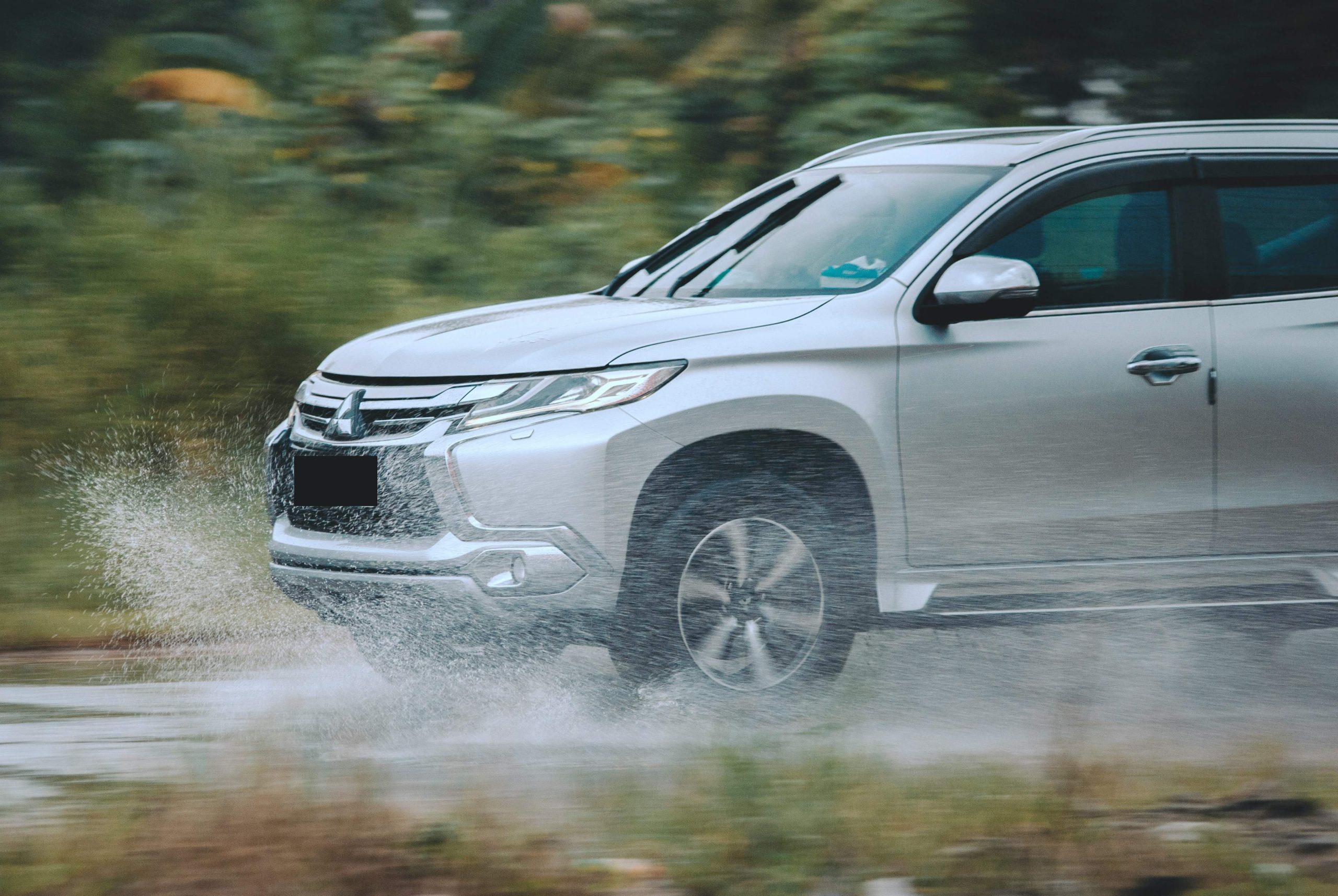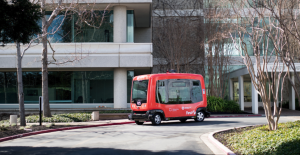It has been raining on and off around California for the last couple of weeks and it does not seem to be the end of it. In order to continue to stay safe when on the road when it is raining, we suggest you follow these safety tips from AAA.
Leave Extra Space Between Vehicles
In dry conditions, it is recommended to keep a three-second distance between your vehicle and the one ahead. This allows enough time for you to react to sudden stops or changes in traffic. However, in the rain, you should increase this distance. Wet roads lengthen the time it takes to stop your vehicle because braking is less effective, and your car’s tires do not grip the road as well. By increasing the gap, you ensure that you have enough space to slow down and stop safely in an emergency.
Turn Off Cruise Control
Cruise control is useful for maintaining a constant speed in ideal driving conditions, but it should be turned off in the rain. On wet roads, using cruise control can increase the risk of losing control of your vehicle. Wet roads require frequent adjustments in speed, something cruise control is not designed for. You need to be able to react quickly, whether that means slowing down or accelerating. Cruise control can make these quick adjustments harder, so it is safer to drive manually and stay focused on your speed and braking.
Reduce Speed to Prevent Hydroplaning
One of the biggest dangers of driving in the rain is hydroplaning, which occurs when a layer of water on the road causes your tires to lose contact with the surface. Even a thin layer of water (about 1/12 inch thick) can be enough to make your car susceptible to hydroplaning. To prevent this, reduce your speed. The faster you drive, the harder it is for your tires to maintain traction, especially in areas with standing water. Slowing down allows the tires to better grip the road, reducing the chances of losing control.
How to Handle Skidding
If you begin to skid or hydroplane while driving in the rain, it is important to stay calm. First, avoid slamming on the brakes. This could make the skid worse and increase the risk of losing control. Instead, gently steer in the direction you want to go. For example, if your car starts to spin left but you need to go straight, turn the steering wheel to the right. This will help realign the car and regain control. Always remember, a smooth and controlled response is key when handling a skid.
By following these tips, you can minimize the risks of driving in rainy conditions. Remember, rain makes roads slippery and reduces visibility, so it is crucial to stay vigilant, slow down, and adjust your driving accordingly. Safe driving practices can help you stay in control and avoid accidents, keeping yourself and others safe on the road.




